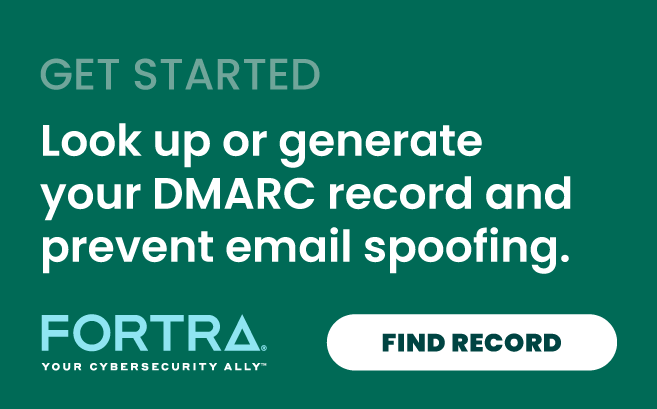By Brad van der Woerd, Director, Market Intelligence & Deliverability at Yesmail
Read original post here.
Early last year, we published a blog post informing marketers about the occurrences of cyber crime within the email security landscape via methods such as email phishing and domain spoofing. We also shared details about a form of email technology called Domain-based Message Authentication, Reporting & Conformance (DMARC) that was created to help prevent unauthenticated emails from reaching the consumer’s inbox, thus protecting marketers from having their brand spoofed by identity criminals online.
Interestingly, since then we’ve actually seen a rise in email phishing attempts. In fact based on numbers from the FBI cyber center, 2014 was marked by an average of 22,000 complaints of cyber crime a month, with an estimated total loss of $800 million for the year. Moreover, the center cited that only 15% of the US-based incidents were reported, indicating these loses were only a small portion of the true cost of cybercrimes in 2014.
DMARC technology has been in the email industry for about three years now, yet many organizations are still unaware of its existence and the extent of its benefits when implemented. Despite the worrying rise in cyber crime, based on a recent study conducted in 2014, more than 75% of enterprises haven’t fully implemented the DMARC policy for email authentication standard. The study also found that the most unprotected industry was healthcare, where 30% of companies had no email authentication protections implemented.
If these statistics above are not reason enough to consider DMARC implementation, below are additional key reasons that illustrate why DMARC is quickly becoming a critical best practice for email marketers:
- Gain complete visibility – DMARC is the only technology that gives you, as a sender, complete visibility into where your brand is being used across the internet. In addition to monitoring the email programs you manage as a marketer, you gain visibility into any other sender that is sending messages on your behalf or spoofing your brand.
- Ensure proper control – In addition to gaining visibility, with DMARC you gain complete control over what happens to an email that is pretending to be your brand. Using DMARC, you can tell the ISP community to reject any email that is sent on your brand’s behalf if it’s not legitimate or fails an authentication check.
- Promote consumer trust – 42% of consumers are less likely to conduct online business with a brand following a known email attack. Online security has become a key differentiator that determines which brands consumers choose to engage with, and ultimately purchase from. DMARC is now a vital step to the deployment of safer emails, thus protecting a brand’s reputation and establishing trust with their customers.
- Strengthen sender reputation – Several major ISPs have tightened their security measures, including AOL and Yahoo. Many ISPs today are scanning for DMARC, and as a result DMARC-protected senders receive a stronger sender reputation. When marketers proactively protect their brand from being spoofed and illegitimately appearing in their subscribers’ inboxes, they also improve their sender reputation and inboxing rate within the ISP community.
Want to learn more?
DMARC may sound complex at first. But when implemented properly with the right guidance, it can be a powerful way to help prevent malicious entities from spoofing a brand’s domain. To start, marketers can simply reach out to their ESP partner to receive a recommended DMARC key that can be added to their Domain Name System (DNS). Once added, ISPs will recognize the brand as a DMARC-protected sender and the sender will then start receiving data from the ISP community to be monitored for appropriate action.
At Yesmail, we’ve partnered with Agari to provide our clients with robust DMARC capabilities and an easy-to-manage user interface. Through Agari’s DMARC and email security expertise combined with Yesmail’s hands-on approach to deliverability management, marketers get access to the next-generation of email security, improved deliverability, and advanced protection from email abuse. Click here to learn more.
